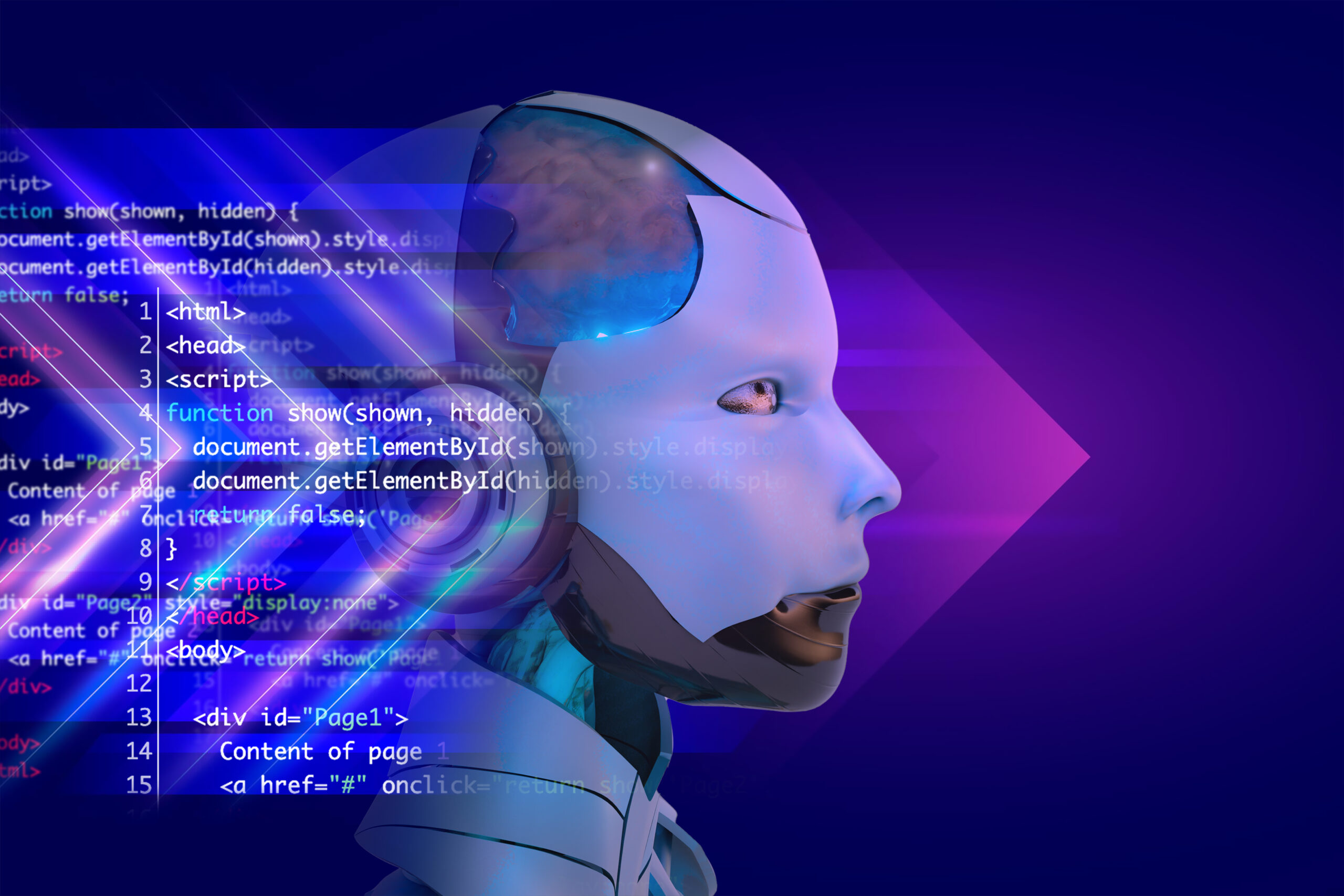Machine Learning 101: A Beginner’s Guide to ML Concepts & Applications

Machine Learning (ML) is one of the most transformative technologies shaping the future of artificial intelligence. It enables computers to learn patterns from data and make predictions or decisions without explicit programming. Whether you’re a tech enthusiast or a business professional, understanding ML can open doors to new opportunities. This beginner’s guide explores the key concepts, types, and real-world applications of machine learning.
1. What is Machine Learning?
Machine Learning is a subset of AI that allows systems to learn and improve from experience. Instead of being explicitly programmed, ML algorithms identify patterns in data and make predictions based on those patterns.
Key Components of Machine Learning:
- Data: The foundation of ML, which includes structured and unstructured datasets.
- Algorithms: Mathematical models that process data and extract insights.
- Training: The process of feeding data to the model so it learns patterns.
- Inference: Using the trained model to make predictions on new data.
2. Types of Machine Learning
Machine learning is categorized into three main types:
a) Supervised Learning
- Involves labeled data where the model learns the relationship between input and output.
- Common algorithms: Linear Regression, Decision Trees, Neural Networks.
- Applications: Spam detection, speech recognition, medical diagnosis.
b) Unsupervised Learning
- Uses unlabeled data to identify hidden patterns or groupings.
- Common algorithms: K-Means Clustering, Principal Component Analysis.
- Applications: Customer segmentation, anomaly detection, recommendation systems.
c) Reinforcement Learning
- An agent learns by interacting with an environment and receiving rewards or penalties.
- Common algorithms: Q-Learning, Deep Q Networks (DQN).
- Applications: Robotics, game playing (e.g., AlphaGo), self-driving cars.
3. Popular Machine Learning Algorithms
Machine Learning involves various algorithms designed for different tasks. Some commonly used ones include:
- Linear Regression – Predicts continuous values based on input data.
- Decision Trees – Splits data into branches to make decisions.
- Random Forest – Uses multiple decision trees to improve accuracy.
- Support Vector Machines (SVM) – Classifies data by finding the best boundary.
- Neural Networks – Mimic the human brain to recognize patterns and make predictions.
4. Real-World Applications of Machine Learning
Machine learning is already impacting various industries:
a) Healthcare
- Predicting diseases and recommending treatments.
- Analyzing medical images for early diagnosis.
- Drug discovery and genomics research.
b) Finance
- Fraud detection in banking transactions.
- Stock market prediction using ML models.
- Personalized financial recommendations.
c) E-commerce & Retail
- Personalized product recommendations (Amazon, Netflix).
- Customer behavior analysis for targeted marketing.
- Inventory and demand forecasting.
d) Autonomous Vehicles
- Self-driving cars use ML for navigation and decision-making.
- AI-powered traffic prediction and route optimization.
e) Natural Language Processing (NLP)
- Chatbots and virtual assistants (Siri, Alexa, ChatGPT).
- Sentiment analysis for social media and customer feedback.
- Machine translation (Google Translate).
5. How to Get Started with Machine Learning
If you’re interested in learning ML, here are some steps to begin:
- Learn Python or R, the most common ML programming languages.
- Explore ML frameworks like TensorFlow, Scikit-Learn, and PyTorch.
- Take online courses from platforms like Coursera, Udacity, or edX.
- Practice with real-world datasets from Kaggle or Google’s Open Dataset repository.
- Work on projects to build hands-on experience.
Conclusion
Machine Learning is revolutionizing industries and enhancing our daily lives. As we move forward, ML will become even more advanced, driving innovations across healthcare, finance, automation, and more. By understanding the fundamentals, you can position yourself at the forefront of this technological shift.



